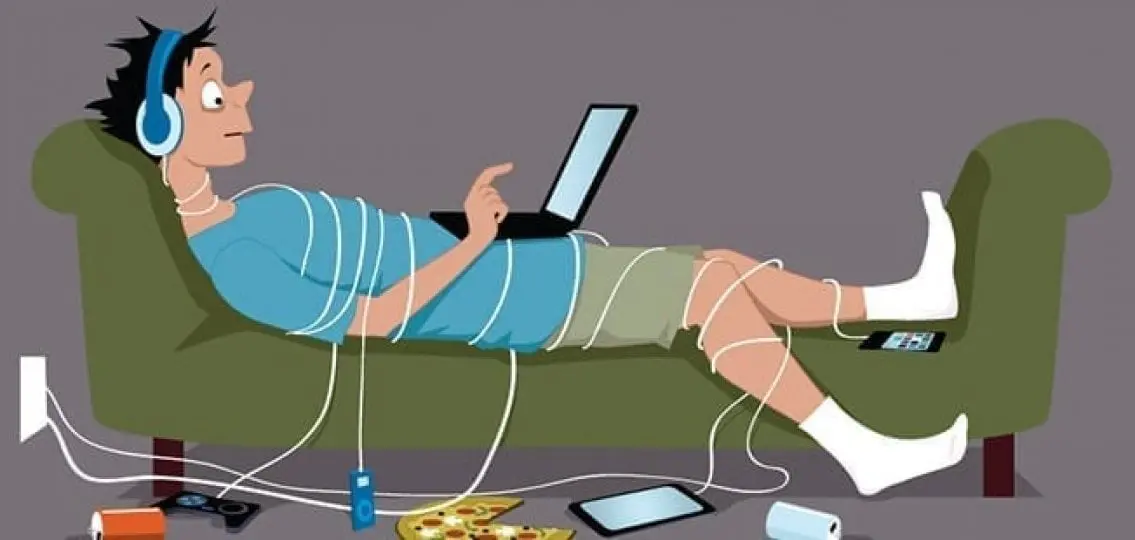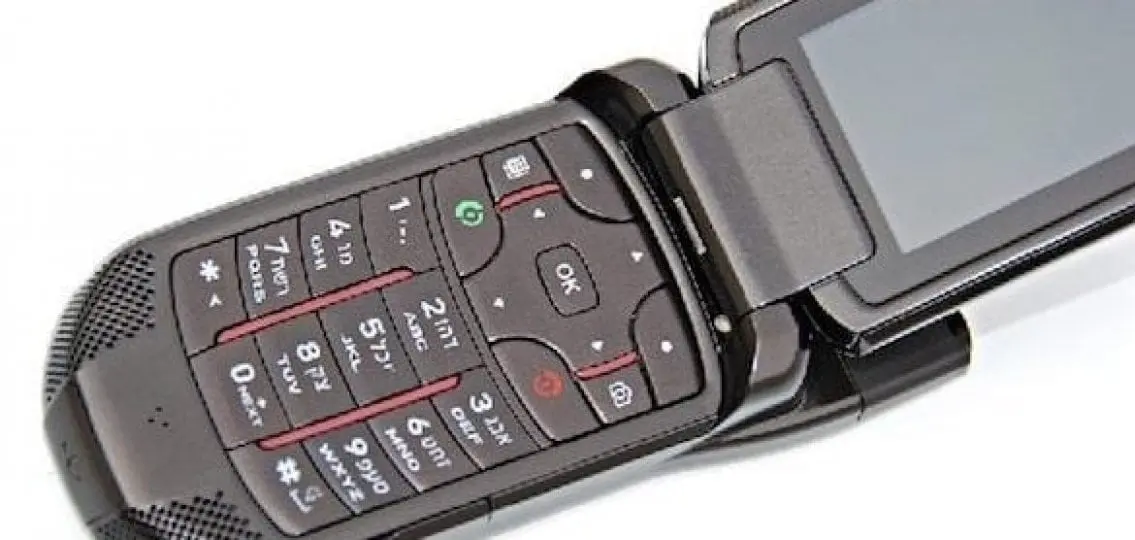A recent article in the Wall Street Journal highlighted the Van Every family’s struggles to manage their teen daughter Jalyn’s cell phone use. To evade parental controls and punishments resulting in the loss of her device, Jalyn used a burner phone. For teens, a burner phone typically means either a prepaid cell phone or an out-of-service phone that still has wi-fi access.

Richard Freed, a child and adolescent psychologist and author of Wired Child: Reclaiming Childhood in a Digital Age, has worked with kids who use burner phones and finds the practice to be more common among teens who have compulsive tech habits.
Phone addiction is a real concern.
A 2016 study by Common Sense Media found that 59 percent of parents believe their teens are addicted to their devices, while half of the teens surveyed described themselves as addicted.
Freed says it’s difficult to determine how many kids may be using a second phone as a way to evade their parents. “The issue of kids’ burner phones suggests how seductive and potentially addictive phones are,” he says. “This is truly a sign that kids, and our culture, have a problem.”
Getting Around Parental Restrictions
The use of burner phones is only one example of evading parental controls. Teens without data plans, for instance, may find wi-fi access elsewhere. Kids who are prohibited from using social media accounts use their friends’ accounts.
According to Dr. Pamela Wisniewski, who studies adolescent online safety at the University of Central Florida, teens will even go so far as to create fake email addresses and secondary social media accounts. Rather than logging out, they delete the secret account and reactivate it each time they use it so their parents don’t find out. They may also hide photos, texts, and other data under innocuous utility apps that parents aren’t likely to scrutinize. Teens who want to communicate with friends without parental oversight might use Google Docs to send messages.
“My research has confirmed that when parents use more authoritarian approaches to monitoring and restricting technology use, teens often find creative ways around it,” Wisniewski says.
4 Ways to Manage Phone and Social Media Usage:
Parents can stay ahead, or at least not lag so far behind, by paying attention and reinforcing the practical guidelines.
1. Monitor the amount of time kids spend on their devices.
“It’s better to be proactive than reactive,” says Freed. “I think it really helps children to make sure they don’t develop compulsive phone habits in the first place.” That could mean pushing back the age when a teen gets their first smartphone.
2. Coach young teens on social media use.
Wisniewski recommends parents introduce social media through co-use before letting their children use it on their own. That might involve installing a platform on the parent’s phone and coaching teens how to use it. “I use the analogy of trying to teach a teen how to drive—we give them lessons,” says Wisniewski. “We don’t give them the keys and then freak out once they have gotten into a wreck.”
3. Get educated.
Parents need to stay up to date on technology trends through media outlets like Your Teen and websites like commonsensemedia.org, connectsafely.org, and raisingdigitalnatives.com. Talk to educators, other parents, and your kids about what’s new with teens and their devices.
4. Keep kids engaged.
“It’s better to rely on human rather than machine methods of raising kids,” says Freed. “Working to keep preteens and teens engaged with family develops the trust parents need to ensure kids aren’t circumventing the rules.”

Managing our kids’ use of devices might be the biggest parenting challenge of our era, but establishing rules, building trust, and staying current on technology trends will go a long way toward preventing problems down the road.



